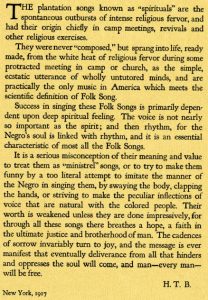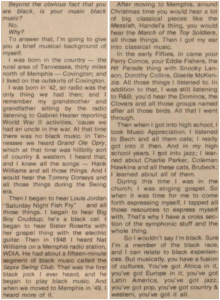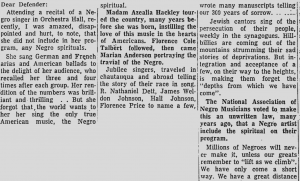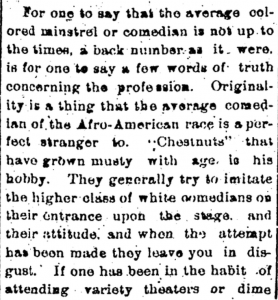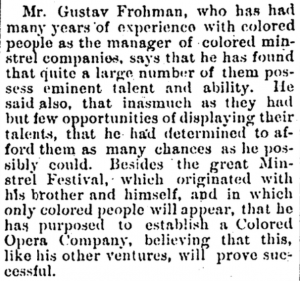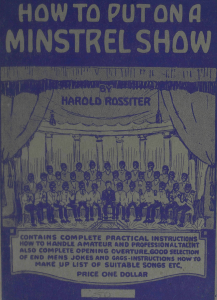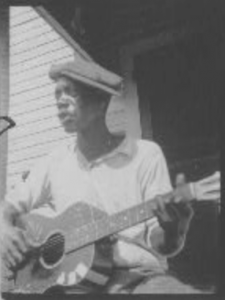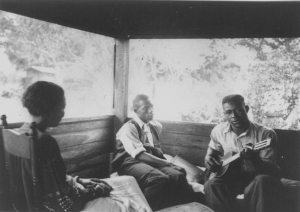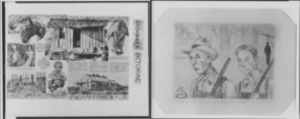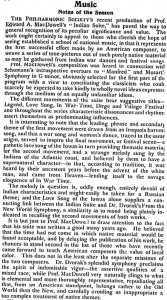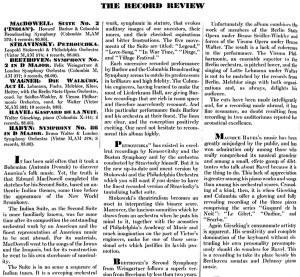What does the salsa have in common with the blues? Well according to Tito Puente, it too is just a broad categorization of a minority’s music:
The word salsa combines all kinds of music into one, like the mambo, the cha-cha, the merengue, all music with Caribbean origins. When they call it salsa, you don’t actually define what rhythm is. That’s why I don’t particularly care for the word. However, sometimes they call me the “King of Salsa,” so I’ll go along with it, I won’t dispute it, as long as they don’t call me the “Queen of Salsa.”1
This quote reminded me of the discussions we’ve had about the idea of “the blues,” and how throughout the term’s history it has been a broad and vague way of categorizing African American music. Likewise, Puente writes that the term “salsa” refers to an amalgamation of many musics of Caribbean origin, and that it obfuscates the different styles’ unique rhythmic identities. This leads to an at best vague conception of what salsa is among those who are not intimately familiar with it, and a lack of understanding and appreciation for the differences it encompasses — including differences in rhythm, which is an integral part and differentiator of these styles of music.
If this generalization and lack of understanding of minority cultures leads to anything, it’s stereotypes. The other parallel I saw in this quote was that to the double-sided coin of black-face minstrelsy. Puente writes that while he doesn’t “particularly care for the word [salsa],” he’ll “go along” with being called the “King of Salsa.” While against the vague misrepresentation of Caribbean music, he doesn’t complain that it is by this misrepresentation that he is risen up, much like it was through the stereotypes perpetuated by black-face minstrelsy that many African American performers got their start.
However, this compliance with stereotypes, while having benefits, also reinforces them. Louie Pérez writes about this, and how it serves as a motivator for him:
This is music made by Mexican-Americans, but if you looked that up in the dictionary, I don’t think you’d find our picture. We’re not the kind of music people would expect, which excites me. It’s nice to show that as Latinos, we can do a lot of things.2
Pérez’s showing that Latinos can “do a lot of things” sounds similar to what African American black-face performers encountered when they pushed the boundaries of what they could perform. As we discussed, their beginning to perform European art songs, for example, illustrates their expansion into an art form that not only wouldn’t have their picture in the dictionary, but would likely picture a decidedly European performer to represent a music that is decidedly European, sometimes to a racist extent.
Thus salsa might be called the Latin American blues, indicative of a broad, uninformed amalgamation of musics that are not fully understood or appreciated, indicative of the misrepresentation and pigeonholing that this categorization can cause, and indicative of the unfortunate commonalities between the oppression of different minorities in America.
1 “Tito Puente: Quote on Salsa Music.” In The American Mosaic: The Latino American Experience, ABC-CLIO, 2019. Accessed November 9, 2019. http://latinoamerican2.abc-clio.com/Search/Display/1328036.
2 “Louie Pérez (Los Lobos): Quote on Not Fitting a Stereotype.” In The American Mosaic: The Latino American Experience, ABC-CLIO, 2019. Accessed November 9, 2019. http://latinoamerican2.abc-clio.com/Search/Display/1508248.
“Tito Puente (Para Los Rumberos).” YouTube video, 5:01, posted by chulonga3, Jan 2, 2009, https://www.youtube.com/watch?v=qTKeVliVL24.


